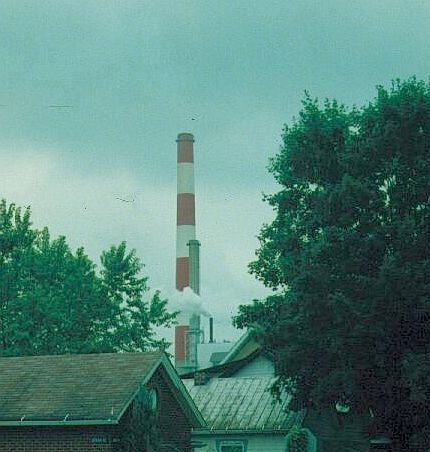This is your task:
You work as an agricultural consultant. Your job is to help farmers decide what to plant this year. Over the last few years, the rapidly changing market conditions and rising oil costs have cost farmers tens of thousands of dollars in lost opportunites to plant other crops.
Old farmer McDonald, for whom you are consulting, lives in Kern County, just north of Bakersfield. He is affected by the following conditions:
- He lives just outside Bakersfield...but doesn't know the distance to the markets. Find this out via Google Maps. The tomato market is the LA Wholesale Produce Market in Downtown Los Angeles. The grain elevator is run by Cargill in San Bernardino. Use Bakersfield as the starting point.
- He has 5000 acres of cropland that he wants you to help him figure out what to do with it.
- He grew tomatoes last year, but with gas costs going up, he's considering planting something else.
- His cousin, O'Doul who lives in Modesto, assures him that the real money is in corn because tomatoes are too expensive to transport.
- Last year when McDonalds grew tomatoes he found that with labor, fertilizers and seeds, etc. his field costs for tomatoes were $10,000 per acre.
- McDonald's yields were on average 350-bushels per acre and he got $29 per bushel at market.
- McDonald's cousin told him that planting and harvesting corn was much cheaper, only $500 per acre and that he was getting $4 per bushel at market.
- He also noted that with proper care and good luck, you could get 150-bushels per acre.
- The other key difference lies in the transportability of each crop. Fields of tomatoes create a lot of produce to transport. Each truck can haul about 3000 bushels of any crop.
- Diesel costs $3.00 /gallon, but it may rise or fall by $.50/gallon by harvest season.
- McDonald gets about 15 miles to the gallon with his trucks.
- Other fixed transportation costs (truck payments, labor, insurance, maintenance, etc.) amount to about $2.50 per mile.
Notes:
- There are 53 lbs of tomatoes, 56 pounds of corn, and 60 pounds of soybeans in a bushel.
- $29 price per bushel for tomatoes; $4 for corn and $7 for soybeans
- $10,000 cost per acre for tomatoes, $500 for corn and $400 soybeans




